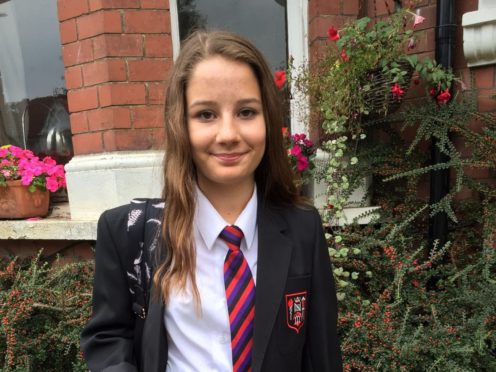The father of a 14-year-old girl who took her own life has said Instagram “helped kill my daughter”.
Molly Russell was found dead in her bedroom in November 2017 after showing “no obvious signs” of severe mental health issues.
Her family later found she had been viewing material on social media linked to anxiety, depression, self-harm and suicide.

Molly’s father, Ian Russell, said the algorithms used by Instagram enabled Molly to view more harmful content, possibly contributing to her death.
“I have no doubt that Instagram helped kill my daughter. She had so much to offer and that’s gone,” Mr Russell told the BBC.
In a statement on Wednesday he said: “We are very keen to raise awareness of the harmful and disturbing content that is freely available to young people online.
“Not only that, but the social media companies, through their algorithms, expose young people to more and more harmful content, just from one click on one post.
“In the same way that someone who has shown an interest in a particular sport may be shown more and more posts about that sport, the same can be true of topics such as self-harm or suicide.”
An inquest into Molly’s death is expected later this year.
Family of Molly Russell calls for greater protection for young social media users. The family are represented by @merryvarney https://t.co/lheBNTjXXp pic.twitter.com/cv5B893Slm
— Leigh Day (@LeighDay_Law) January 23, 2019
Jackie Doyle-Price, minister for suicide prevention, announced on Tuesday that the Government aims to reduce suicides by at least 10% by 2020.
Ms Doyle-Price said: “As a society we need to do everything we can to support vulnerable and at-risk people, as well as those in crisis, and give them the help they desperately need.
“I will be working with local councils, the NHS and the justice system to make sure suicide prevention plans are put in place across public services.”
She also said she will be working “collaboratively” with social media and tech companies to achieve their goals.
Mr Russell welcomed the announcement and called on social media companies to be “more responsible in relation to harmful content” and to provide users with more prominent information about getting help.
